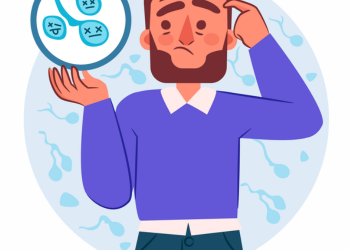Rheumatoid Arthritis

Rheumatoid arthritis (RA) is an autoimmune chronic
(ongoing) disease. It occurs in the joints on both sides of your body, which
makes it different from other types of arthritis. You may have symptoms of pain
and inflammation in your Fingers, Hands, Wrists, Knees, Ankles, Feet, and Toes.
Uncontrolled inflammation damages cartilage,
which normally acts as a “shock absorber” in your joints. In time, this can
deform your joints.
In addition
to affecting your joints, rheumatoid arthritis sometimes affects other parts of
your body, including your Skin, Eyes, Mouth, Lungs, and Heart.
RISK FACTORS
- Age: The age between 30 and 60
- People born with variations in the human leukocyte
antigen (HLA) genes are more likely to develop rheumatoid arthritis.
- Smoking
- Obesity
- Family history
- Sex: Females are more prone to get RA.
SYMPTOMS
- Pain, swelling, stiffness and tenderness in more than one
joint.
- Stiffness, especially in the morning or after
sitting for long periods.
- Pain and stiffness in the same joints on both sides
of your body.
- Fatigue (extreme tiredness).
- Weakness
- Fever
A flare is a time when you have significant
symptoms after feeling better for a while. Then, stress, changes in weather,
certain foods, or infections trigger a period of increased disease activity.
DIAGNOSIS
- Erythrocyte sedimentation rate (ESR)confirms inflammation
in your joints.
- C-reactive protein (CRP).
- About 80% of people with RA test positive for
rheumatoid factor (RF).
- About 60% to 70% of people living with rheumatoid
arthritis have antibodies to cyclic citrullinated peptides (CCP) (proteins).
- X-rays.
- Ultrasounds.
- Magnetic resonance imaging (MRI) scans.
DIAGNOSTIC CRITERIA
- Inflammatory arthritis in two or more large joints
(shoulders, elbows, hips, knees and ankles).
- Inflammatory arthritis in smaller joints.
- Positive biomarker tests like rheumatoid factor
(RF) or CCP antibodies.
- Elevated levels of CRP
- Your symptoms have lasted more than six weeks.
MANAGEMENT
The most important goal of treating rheumatoid arthritis
is to reduce joint pain and swelling. Doing so should help maintain
or improve joint function. The long-term goal of treatment is to slow or stop
joint damage. Controlling joint inflammation reduces your pain and improves
your quality of life. Rest for inflamed joints is necessary, Maintaining a
good range of motion in your joints and good fitness overall are important in
coping with RA. Regular exercise can help prevent and reverse these
effects. Range-of-motion exercises to preserve and restore joint motion.





